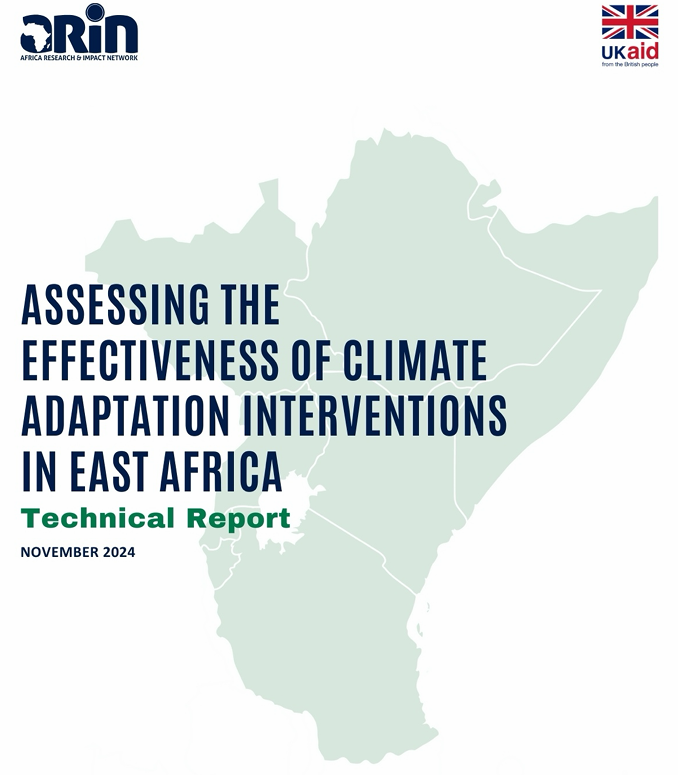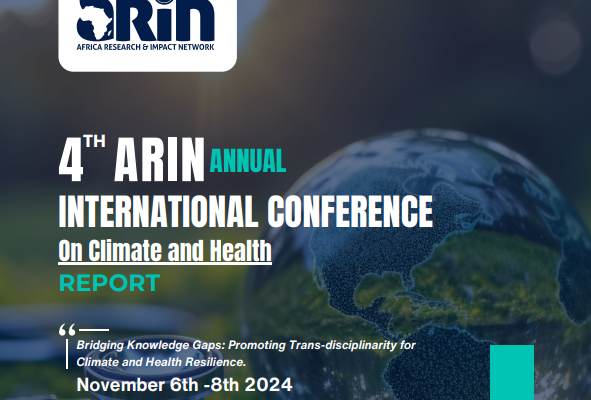Contibutors: Atela, J., Nantongo, M., Agevi, H., Kanyangi, W., & Onyango, F.
Background
East Africa is highly vulnerable to the effects of climate change due to its reliance on climate sensitive sectors and a lack of necessary institutional, technological and financial adaptive capacities to build resilience. The region faces increasing temperatures, erratic rainfall patterns and extreme weather events, which amplify vulnerabilities across all key sectors. This is attributed to the region’s diverse geography, varying microclimates and socio-economic contexts. Despite some progress in integrating adaptation into national policies, such as nationally determined contributions (NDCs) and national adaptation plans (NAPs), critical gaps remain in policy implementation and investment in climate adaptation. Specifically, there is a lack of robust evidence on what interventions are more effective in addressing vulnerabilities
and what opportunities exist for scaling up investments. Specific questions require attention, notably: whether initiatives are making a positive difference for vulnerable communities; and whether they are achieving their desired impact, i.e., promoting equity and providing good value for money. This report synthesises findings from a study commissioned by the UK Foreign, Commonwealth & Development Office (FCDO) through the East Africa Research and Innovation Hub (EARIH) to assess the effectiveness of adaptation interventions in nine East African countries: Kenya, Tanzania, Uganda, Rwanda, Burundi, Ethiopia, Eritrea, Somalia and South Sudan. The study aimed to inform the FCDO adaptation priorities in the region by generating robust evidence on what works to build resilience to climate impacts.
This study defines effective adaptation interventions as those with a high likelihood of achieving their intended goals. We considered the diverse goals of adaptation interventions, encompassing the extent to which they achieve certain outcomes as detailed in Singh et al. (2022). These indicators acknowledge the spectrum of effective adaptation, covering both process-based and outcome-based approaches. Within this framework, effective adaptation entails: minimising costs and maximising economic benefits, supporting the attainment of material, subjective and relational well-being, and reducing vulnerability while enhancing adaptive capacity, particularly for the most vulnerable and at-risk populations.
Methodology
The study used a two-phase approach:
- Phase 1: A scoping exercise mapped climate adaptation interventions from various databases across key sectors (agriculture, food security, water security and management, nature-based solutions (NbS), disaster risk reduction and resilient land management). Intervention documents and policy frameworks were reviewed, and the interventions were characterised in terms of their activities, the technologies and innovations being applied, community engagement in risk reduction and the reported impacts of these interventions. This was complemented by a systematic literature review of both published and relevant policy documents to identify the state of evidence on the effectiveness of different practices and existing gaps needing further research.
- Phase 2: Case studies from an empirical investigation in Kenya, Rwanda, Tanzania and Uganda were conducted, using focus group discussions (FGD) and key informant interviews (KII) with intervention implementers, policy makers, beneficiaries and funders to assess the effectiveness of selected adaptation interventions.




